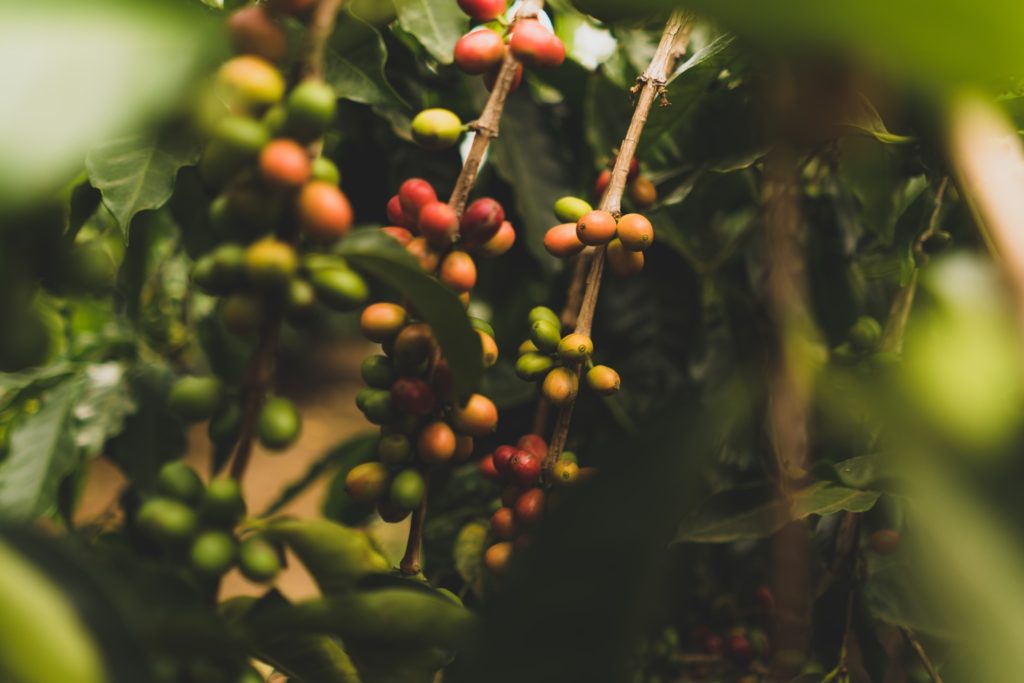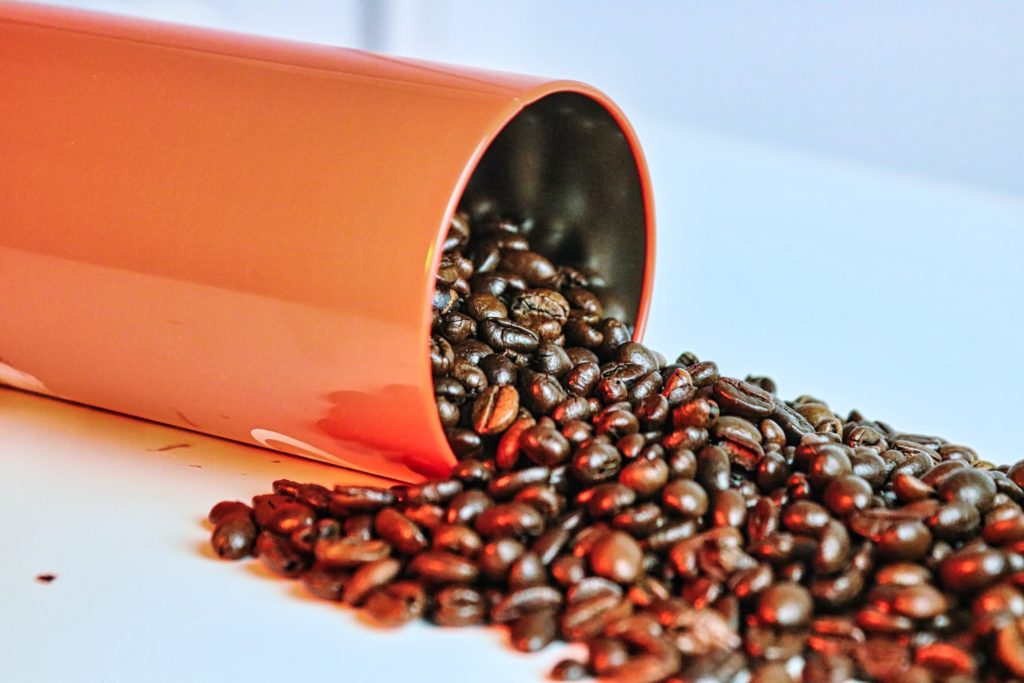What Makes Kona Coffee So Special?
Kona coffee is the commercial name of Arabica coffee cultivated and processed on the slopes of Hualalai and Mauna Loa in the North and South Kona districts of the big island of Hawaii. Only beans growing in this region can be referred to as “Kona”. Because of that, Kona coffee is one of the most expensive coffees in the world.
It is important to note that Since “the original” is so expensive and scarce, many companies offer “Kona blends” instead, which are much cheaper. These should be avoided. If you decided to have Kona coffee, get yourself 100% Kona.

Growing and Processing Kona Coffee
In February and March, Kona coffee blooms. The tree is covered in tiny Kona snow flowers. In April, green berries start to appear. A red fruit that is termed a “cherry” because of its similarity to a cherry begins to ripen for picking towards the end of August. Each tree produces roughly 15 pounds of cherries, which are hand-picked multiple times between August and January and provide about two pounds of roasted coffee.
The cherry is pulped within 24 hours of being picked. The beans are removed from the pulp and fermented overnight in a tank. Fermentation takes roughly 12 hours at low altitudes and 24 hours at higher altitudes. Rinse the beans and spread them out to dry on a hoshidana or drying rack. It takes seven to 14 days to dry beans to an optimal moisture level. Following that, the beans are roasted or sold as is.
The Taste of Kona Coffee
The finest Kona coffee has a distinct flavor profile and aroma, which has earned it a place on the global coffee map. The roast, brew technique and freshness will all influence the taste of your coffee. If you treat your Kona beans properly, you may expect to taste notes of brown sugar, honey, chocolate, and a dash of a fruit flavor. It is generally regarded as bright, sharp, and clean. Expect a pleasant, prolonged aftertaste with traces of almonds and citrus on your tongue.
The Aroma is a distinctive, delicious combination of fragrances that is evocative of caramel, butter, chocolate, or fruit. It is an aroma you can never fabricate. The mix of these fine tastes and aromas is what really makes Kona so special, intriguing, and beautiful.

Buying Kona Coffee
Because Kona coffee beans are desired and quite rare, many companies are selling “Kona blends”. These blends contain only a small share of pure Kona beans while the rest of the blend is composed of low-quality coffee beans.
Any blend referred to as a “Kona blend” has to include at least 10% certified Kona beans in order to comply with Hawaiian law. Naturally, businesses looking to make a profit will use the 10% and nothing more. 90% of these blends will probably include low-quality dark roast.
While Hawaiian law is strict on this, many areas don’t mind if companies use the Kona brand for commercial reasons. In many places, so-called Kona beans may contain only a small percentage of Kona beans, if any at all. As a result, you should buy Kona coffee from the island of Hawaii which is labeled 100% Pure Kona. Avoid all “Kona Blends” unless you understand exactly what you’re getting.
Some coffee enthusiasts may come across the term “Hawaiian coffee”. It is occasionally used to suggest high quality, however, this is really deceptive advertising. Don’t be deceived; not all Hawaiian coffee is first-class. Though some non-Kona coffees from Hawaii may be great in their own right.
In general, Hawaiian coffee produced outside of Kona is no better than standard Brazilian coffee.
Watch the “Grade”
Once you decided to order yourself a genuine Kona coffee, You should pay attention to the Kona’s HDA grade. The size, shape, moisture content, and potential faults in the beans are among the factors used to determine the grade.
The highest grade bean is “Extra Fancy,” however any of the top five categories might well be ranked as high-class. Grading is also determined by factors such as bean size and rarity, which have no effect on the taste of the coffee.
You can find our favorite Kona coffee, and other recommended single-origin coffee in our best single-origin picks
Conclusion
Kona coffee, grown on the slopes of Hualalai and Mauna Loa in Hawaii’s Kona districts, stands out for its distinct flavor and aroma. Genuine Kona coffee, labeled as “100% Pure Kona,” ensures an authentic experience, as opposed to “Kona blends” that may contain just a small fraction of Kona beans mixed with lower-quality alternatives. Hawaiian law mandates a 10% Kona bean inclusion in blends, but some companies adhere only to this minimum requirement. Thus, seeking out the true 100% Kona variety guarantees a rich and unique coffee taste. Additionally, understanding the grading system helps in selecting high-quality beans, with “Extra Fancy” as the top grade. This attention to authenticity and quality allows coffee enthusiasts to savor the exceptional charm of Kona coffee, representing the essence of Hawaii’s Kona region.